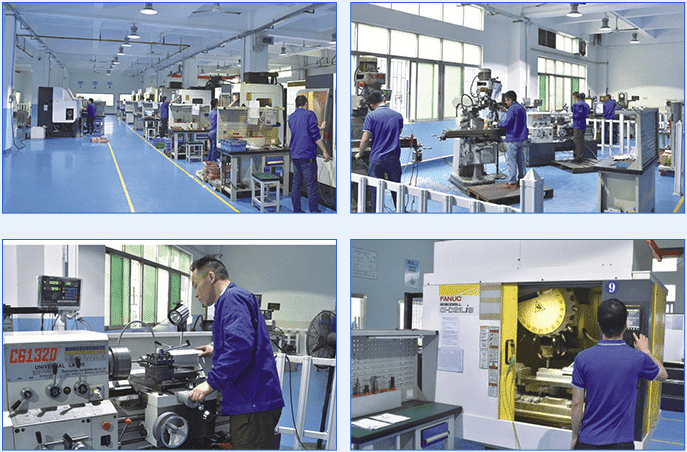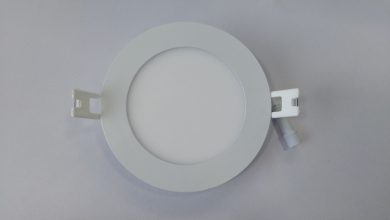Deciphering PLA vs PETG: A Mold Maker’s Guide to Material Selection

Table of Contents
ToggleIn the intricate world of mold making, choosing the right material is akin to laying the foundation for success. Polylactic Acid (PLA) and Polyethylene Terephthalate Glycol (PETG) are two prominent contenders in this arena, each offering unique properties and applications. In this guide, we’ll unravel the differences between PLA vs PETG, empowering mold makers to make informed decisions in material selection.
Introduction to PLA and PETG
PLA is a biodegradable thermoplastic derived from renewable resources like corn starch or sugarcane. Renowned for its eco-friendliness and ease of use, PLA is favored for its versatility in creating intricate designs.
On the other hand, PETG boasts exceptional strength, impact resistance, and transparency. Widely utilized across various industries, PETG stands out for its durability and versatility in mold making applications.
Properties and Characteristics
- PLA: Featuring a low melting temperature, PLA offers smooth surface finishes and intricate details. Its biodegradable nature and ease of printing make it ideal for eco-conscious projects. However, PLA may not withstand high-temperature environments.
- PETG: With a higher melting temperature, PETG excels in strength, durability, and chemical resistance. Its transparency and impact resistance make it suitable for a wide range of applications, including those requiring visibility and robustness.
PLA and PETG
Polylactic Acid (PLA) is a biodegradable thermoplastic polymer derived from renewable resources such as corn starch or sugarcane. It is known for its environmentally friendly properties, ease of use, and low toxicity. PLA is commonly used in 3D printing and mold manufacturing due to its biocompatibility and ability to produce intricate designs with high accuracy. Polyethylene Terephthalate Glycol (PETG) is a durable and versatile thermoplastic polymer known for its excellent strength, impact resistance, and transparency. PETG is widely used in various industries, including food packaging, medical devices, and consumer products. Its exceptional properties make it an attractive choice for mold manufacturing, especially for applications requiring toughness and durability.
Polyethylene Terephthalate Glycol (PETG) is a durable and versatile thermoplastic polymer known for its excellent strength, impact resistance, and transparency. PLA vs PETG is widely used in various industries, including food packaging, medical devices, and consumer products. Its exceptional properties make it an attractive choice for mold manufacturing, especially for applications requiring toughness and durability.
Applications and Use Cases
- PLA: Commonly used for prototyping, concept modeling, and low-temperature applications, PLA is suitable for creating temporary or disposable molds and experimenting with new designs.
- PETG: Ideal for applications requiring durability, strength, and heat resistance, PETG finds its place in producing functional prototypes, production tools, and molds for injection molding. Polyethylene Terephthalate Glycol (PETG) is a durable and versatile thermoplastic polymer known for its excellent strength, impact resistance, and transparency. PETG is widely used in various industries, including food packaging, medical devices, and consumer products. Its exceptional properties make it an attractive choice for mold manufacturing, especially for applications requiring toughness and durability.
Key Considerations in Material Selection
When selecting between PLA and PETG for mold making, consider the following factors:
- Application Requirements: Evaluate the specific requirements of your project, including temperature resistance, durability, and surface finish.
- Printing Compatibility: Assess the compatibility of each material with your 3D printing process and equipment to ensure seamless production.
- Cost-effectiveness: Compare the cost of each material, considering material cost, waste generation, and production efficiency.
- Environmental Impact: Take into account the environmental implications of each material, including biodegradability and recyclability.
Conclusion
In conclusion, the choice between PLA and PETG hinges on the unique needs and objectives of your mold making project. By understanding the properties, characteristics, and applications of each material, you can make informed decisions to achieve optimal results. Whether you prioritize eco-friendliness, durability, or versatility, there’s a material that’s perfectly suited to elevate your mold making endeavors.








